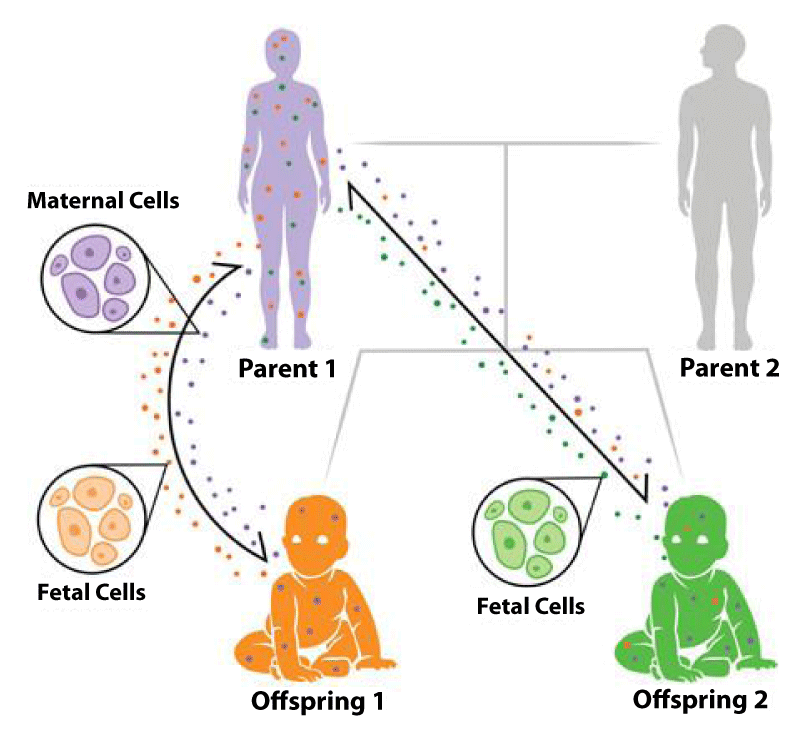Unravelling the Mysteries of Chimerism: Nature's Genetic Jigsaw Puzzle
What is Chimerism?
If you recall your high school biology class, you might remember learning two key facts about DNA: first, that it serves as the "code" for all our genes, and second, that each person has a single, unique set of DNA. Otherwise, an individual could have two different blood types, which scientists once believed was impossible.
However, high school biology didn’t cover everything. Some people actually do have two sets of DNA in their bodies – a condition known as chimerism.
Chimerism, a fascinating and rare biological phenomenon, occurs when an individual possesses two or more distinct sets of DNA. This genetic mosaic can result from the fusion of two embryos, the exchange of cells between twins in the womb, or medical procedures such as organ transplants. The term "chimera" originates, a creature in Greek mythology that's part lioness, part goat, and part snake.
This unique condition can manifest in various ways, from subtle differences like varied eye colors to more complex scenarios impacting immune function and disease susceptibility. While often undetected, chimerism can have significant implications for genetic testing, forensic science, and medical treatments.
What causes Chimerism?
Vanishing Twin Syndrome
Tetragametic Chimerism
Microchimerism
Bone Marrow Transplants and Other Organ Transplants
How is it diagnosed?
- hyperpigmentation (increased skin darkness) or hypopigmentation (increased skin lightness) in small patches or across areas as large as half of the body
- two different-colored eyes
- genitals that have both male and female parts (intersex), or that look sexually unclear (this sometimes results in infertility)
- two or more sets of DNA present in the body’s red blood cells
- possible autoimmune issues, such as those related to the skin and nervous system
Interesting Facts
- Human and animal chimeras can have two different blood types at the same time. It may be similar amounts of each blood type.
- Male tortoiseshell cats are often chimeras. Their split coloration is the result of two different embryos fusing together. While it’s possible for these cats to be fertile, most often they’re not. This is because the extra DNA they receive links the trait for their coloration to infertility.
- Genetic chimerism is a common occurrence in adult Ceratioid anglerfish which is a crucial component of their lifespan. When a male reaches maturity, he starts looking for a female. The male, which is less than an inch long, cuts on her skin and produces an enzyme that helps to digest both his mouth as well as her body's skin, fusing the two at a time to the blood vessel point. Although the male's survival depends on this connection, this will ultimately consume him as the two anglerfish merge into a single hermaphroditic entity.



Comments
Post a Comment